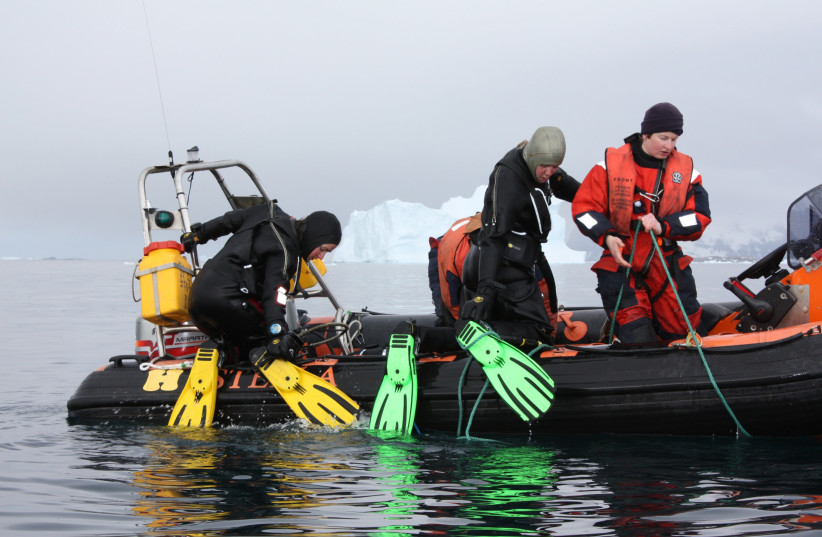Researchers from the University of California, San Diego, have discovered a new species of sea creature, the Antarctic strawberry feather star, thousands of feet below sea level off the coast of Antarctica, according to a new study reported by Insider earlier this month.
The creature has an astonishing 20 arms and can reach up to eight inches long.
“We find many species. The problem is the amount of work that goes into naming them.”
Greg Rouse, University of California, San Diago
The discovery was made by a team led by Greg Rouse, a marine biology professor from the university, along with Emily McLaughlin and Nerid Wilson, who published their research in the peer-reviewed science journal Invertebrate Systematics.
The appearance of the animal comes from its cirri, the small tentacles on its underside, which have tiny claws allowing it to attach to the seabed, and the much longer ‘arms’, pointing upwards and covered in feather-like protrusions which give it its mobility.
The main body is small, stubby, and not unlike a strawberry, from where the creature takes its name as Rouse explained in an interview with Insider.

The Antarctic strawberry feather star is from the same Crinoidea class of species which includes starfish and sea cucumbers. Officially named Promachocrinus fragarius, it is part of the wider feather star family. Most have only 10 arms so this discovery let researchers add a few new species to this category as well as correct four previously miscategorized species.
The researchers used new techniques
This was achieved by novel DNA-based assessments alongside categorizing the animals based on pigmentation and specific body structures.
The university’s lab discovers up to 15 new species a year, “We find many species. The problem is the amount of work that goes into naming them,” Rouse told Insider.
